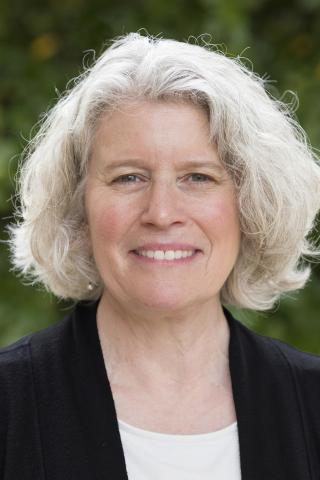North Carolina’s Open Meetings Law requires all official meetings of public bodies to be open to the public (unless the public body has specific statutory authority to meet in closed session). Think about whether the groups described in the following … Read more
The post What’s a Public Body? appeared first on Coates’ Canons NC Local Government Law.
Public Officials - Local and State Government Roles
Topics - Local and State Government



